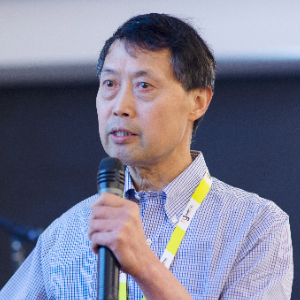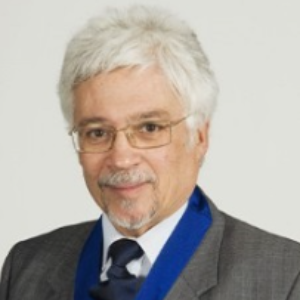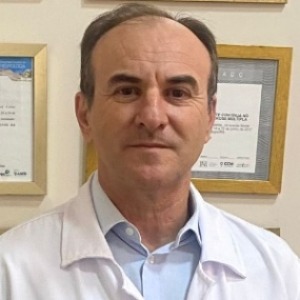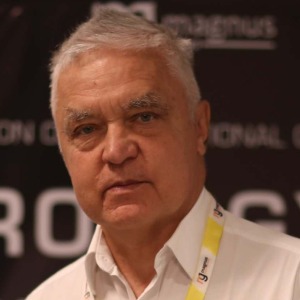Spinal Muscular Atrophy
Spinal Muscular Atrophy (SMA) is a severe neuromuscular disorder that affects the motor neurons of an individual, leading to a form of muscular atrophy. It is one of the most common genetic diseases amongst children, affecting between 1 in 4000 and 1 in 6000 live births worldwide. The disease is caused by a defect on chromosome 5 in the gene called Survival Motor Neuron 1 (SMN1). This results in the body not making enough of a protein called survival motor neuron (SMN) protein, which is essential for controlling the communication between nerves and muscles. As the nerves gradually deteriorate, all of the muscles in the body will eventually weaken and atrophy due to lack of stimulation from the nerves. The symptoms of SMA vary in severity and depend on the type a person has. Symptoms generally include muscle weakness, difficulty breathing, poor head and neck control, scoliosis, and joint contractures. In more severe cases, the disease can progress to respiratory issues, including lung infection or failure. There is currently no cure for SMA, however, treatments are available to help slow the progression of the disease and manage the symptoms. Treatments can include physical therapy and certain medications, such as Spinraza. Spinraza helps to reduce the negative effects of the loss of the SMN1 gene, allowing the body to produce more SMN protein. In addition, individuals with SMA can benefit from device aids such as orthotic braces, wheelchairs, and standing frames. While these devices are not a cure, they can help individuals with SMA have increased independence and comfort in day-to-day life. Several research studies are underway to better determine the causes of SMA and to develop potential treatments and cures. In addition, there are ongoing efforts to improve the quality of life for those living with SMA, including research into assistive technology and various therapies.

Ken Ware
NeuroPhysics Therapy Institute, Australia
Robert B Slocum
University of Kentucky HealthCare, United States
Yong Xiao Wang
Albany Medical College, United States
W S El Masri
Keele University, United Kingdom
Jaqueline Tuppen
COGS Club, United Kingdom
Milton Cesar Rodrigues Medeiros
Hospital Santa Casa de Arapongas, Brazil




Title : Perception and individuality in patient cases identifying the ongoing evolution of Myalgic Encephalomyelitis/Chronic Fatigue Syndrome (ME/CFS)
Ken Ware, NeuroPhysics Therapy Institute, Australia
Title : Narrative medicine: A communication therapy for the communication disorder of Functional Seizures (FS) [also known as Psychogenic Non-Epileptic Seizures (PNES)]
Robert B Slocum, University of Kentucky HealthCare, United States
Title : Rabies: Challenges in taming the beast
Alan C Jackson, University of Calgary, Canada
Title : Neuro sensorium
Luiz Moutinho, University of Suffolk, United Kingdom
Title : Traumatic Spinal Cord Injuries (tSCI) - Are the radiologically based “advances” in the management of the injured spine evidence-based?
W S El Masri, Keele University, United Kingdom
Title : Personalized and Precision Medicine (PPM), as a unique healthcare model through biodesign-driven biotech and biopharma, translational applications, and neurology-related biomarketing to secure human healthcare and biosafety
Sergey Victorovich Suchkov, N.D. Zelinskii Institute for Organic Chemistry of the Russian Academy of Sciences, Russian Federation